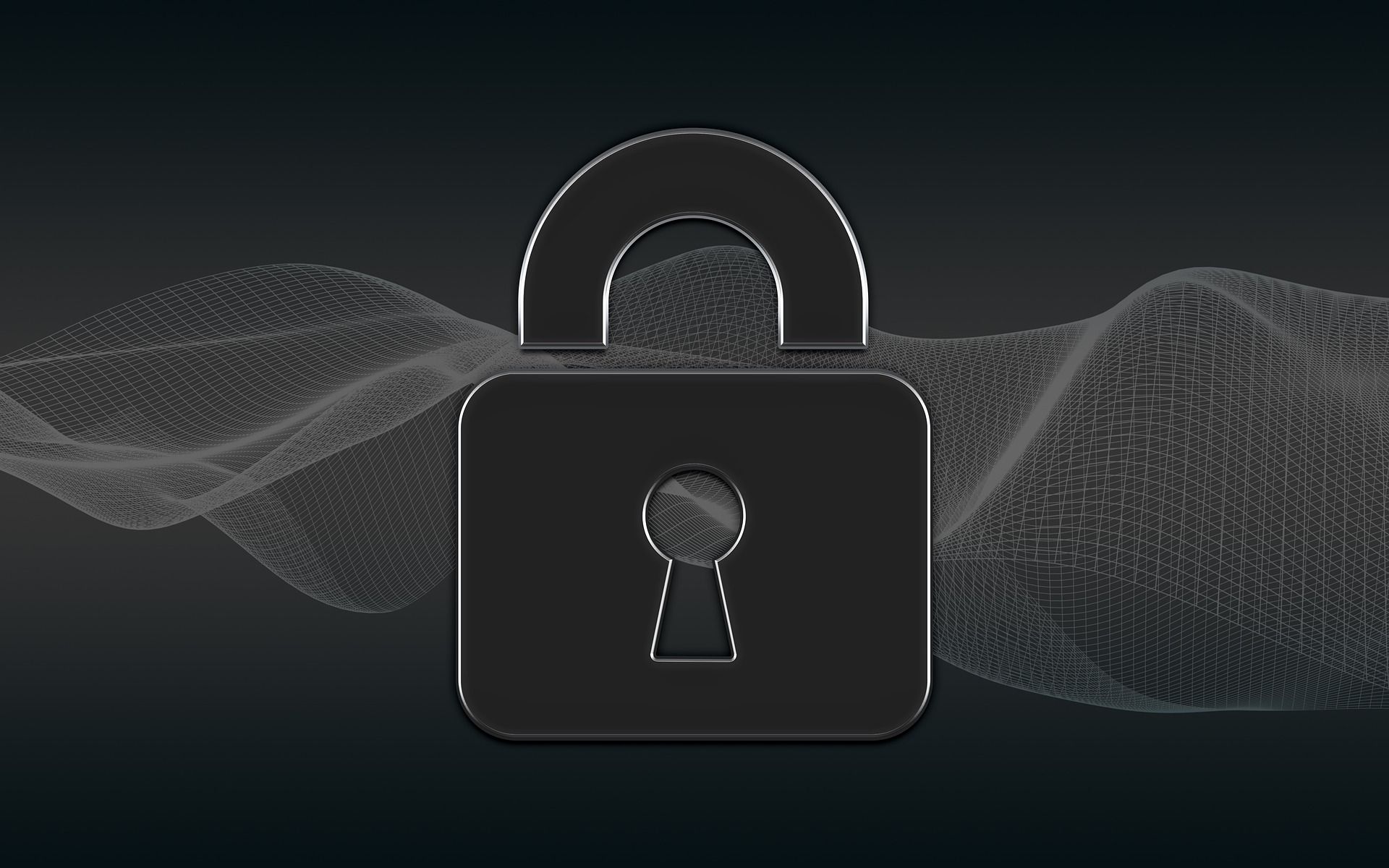While shadow data might seem harmless at first, it poses a serious threat, and learning how to prevent it is crucial for your business operations.
Think about all the data your business relies on every day – it’s probably a lot! You’ve got customer info, financial stuff, and maybe even some top-secret projects. But here’s the thing: What you see is just the tip of the iceberg. There’s a whole hidden world of data lurking under the surface – that’s what we call shadow data.
A single breach of shadow data could expose confidential customer information, trade secrets, or financial records, leading to disastrous consequences for your business and an unseen danger is the most dangerous of them all.

What is shadow data?
Shadow data is any data that exists within an organization but isn’t actively managed or monitored by the IT department. This means it lacks the usual security controls and protection applied to the company’s primary data stores.
Examples of shadow data include:
- Sensitive information stored on employees’ personal laptops, smartphones, or external hard drives
- Files residing in cloud storage services (like Dropbox, OneDrive, etc.) that aren’t officially sanctioned by the company
- Data lingering on outdated systems, servers, or backup systems that are no longer actively maintained
- Copies or backups of files created for convenience but spread across different locations without proper management
Shadow data presents a serious security risk because it’s often less secure than the main data stores, making it a prime target for hackers and data breaches. It can also lead to compliance violations in regulated industries and complicate an organization’s ability to respond to security incidents due to a lack of visibility into the totality of their data.
How are hackers using shadow data?
Hackers see shadow data as a prime opportunity because it often lacks the same robust security measures that protect your main data systems. It’s the digital equivalent of a poorly secured side entrance to your organization. Hackers actively seek out these vulnerabilities, knowing they can slip in more easily than attacking your well-guarded front door.
This type of data can be a treasure trove for hackers. It might contain sensitive customer information like credit card numbers and personal details, confidential company files, or valuable intellectual property. Even if the shadow data itself doesn’t immediately seem lucrative, hackers can exploit it as a stepping stone for more extensive attacks. They might find login information, discover vulnerabilities in your systems, or use it to gain a deeper foothold within your network.

Worse yet, attacks on shadow data can go unnoticed for extended periods since IT departments are often unaware of its existence. This gives hackers ample time to quietly steal information, cause damage, or prepare for larger, more devastating attacks.
What are the risks posed by shadow data?
Shadow data isn’t just clutter – it’s a ticking time bomb for security and compliance:
- Data breaches: Unprotected shadow data provides a tempting target for hackers. A breach could result in sensitive information falling into the wrong hands
- Compliance violations: Industries with strict regulations like healthcare and finance can face penalties for failing to safeguard all sensitive data, even the unseen shadow data
- Reputational damage: News of a data breach caused by poorly managed shadow data can erode customer trust and damage your organization’s reputation
In a security incident, not knowing the full landscape of your data hinders your ability to react quickly and contain the damage.
Essential strategies for shadow data prevention
By proactively managing and safeguarding this unseen data, you can substantially reduce the risk of breaches, compliance issues, and operational disruptions.
Here are some best practices to help you tame the beast of shadow data:
You can’t protect what you don’t see
Data mapping is the first essential step in managing shadow data. Conduct thorough audits to pinpoint all the different locations where your data might reside. This includes your company’s official servers and databases, employee devices like laptops and smartphones, and any cloud storage services in use. Utilize data discovery tools to scan your systems for different file types, aiding in the identification of potential shadow data.
The crucial role of data security management in the digital age
Once you’ve located your data, the next crucial step is classification. Categorize the data based on its level of sensitivity. Customer records, financial information, and intellectual property require the highest levels of protection. Less critical data, such as marketing materials, might need less stringent security measures. This classification process allows you to prioritize your security efforts, focusing your resources on protecting the most valuable and sensitive information.
Clear rules are key
Establish explicit guidelines that outline how employees should interact with company data. This includes approved methods for storing, accessing, and sharing information. Clearly define which devices, systems, and cloud storage solutions are authorized for company data, and which are strictly prohibited.
Proactive education is key. Regularly conduct training sessions for employees that address the specific dangers of shadow data. Emphasize that data security is a shared responsibility, with each employee playing a vital role in protecting company information. These sessions should make it clear why shadow data arises and how seemingly harmless actions can have severe consequences.

The right tools make a difference
Data loss prevention solutions act as vigilant guards within your network. They monitor how data moves around, with the ability to detect and block any attempts to transfer sensitive information to unauthorized locations, such as personal devices or unapproved cloud accounts.
Some of the proven DLPs are:
- Forcepoint DLP by Forcepoint
- Symantec Data Loss Prevention by Broadcom
- Trellix Data Loss Prevention (DLP) Endpoint by Trellix
Also, cloud access security brokers provide essential oversight and control for your data stored in the cloud. They increase visibility into cloud service usage, allowing you to enforce your security policies, manage access rights, and flag any unusual or risky activity within your cloud environment.
The best CASBs of 2024 are:
Last but not least, data encryption scrambles sensitive data, rendering it unreadable without the correct decryption key. Even if hackers manage to get their hands on shadow data, encryption makes it worthless to them. It’s like adding a powerful lock to protect your information, even if it’s stored in a less secure location.
Shadow data is a complex issue, but ignoring it is not an option. By taking a proactive approach, implementing robust policies, and utilizing the right technologies, you can significantly reduce the risk of shadow data compromising the security of your valuable business information.
Featured image credit: svstudioart/Freepik.





